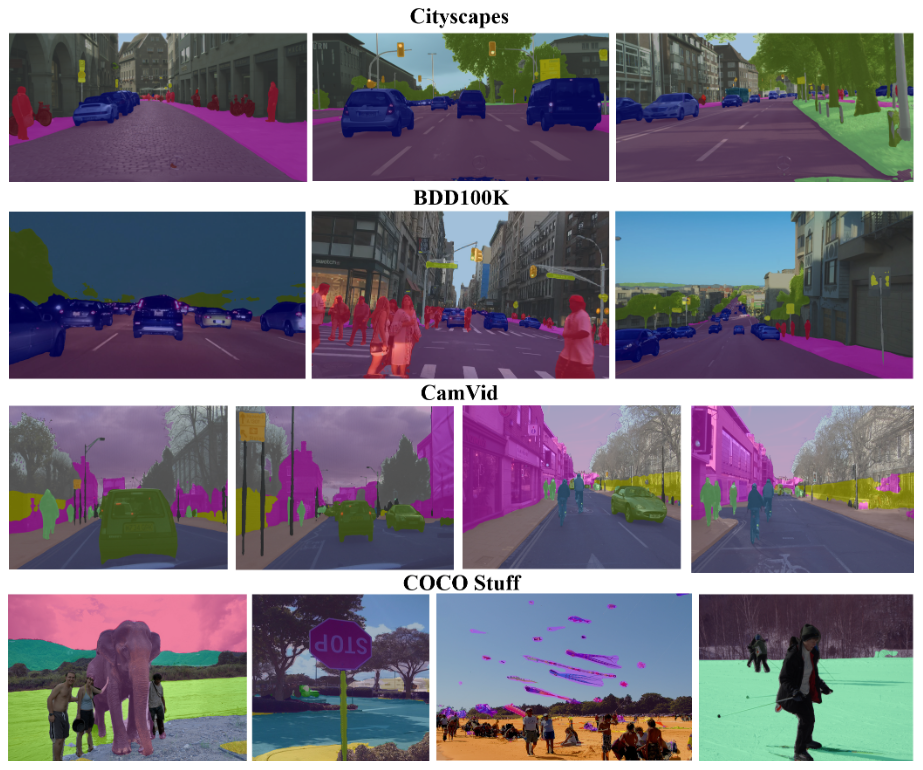如果你看到了这里,说明你已经准备好开始探求这个领域事物的规律以及这些规律的本源了。作为一个本科生,最适合你入坑的就是开始习惯性阅读领域内论文。大约在我的大二的下半学期,我和我的朋友们开始共同阅读论文并写下笔记。这些笔记粗浅、幼稚,甚至会出现一些理解上的错误——万事开头难。但是我们还是想把这些笔记整理起来——这便是魔法部日志的开始。在我新建文件夹的时候,魔法部日志的文件夹名称是“unlimited paper works”,在成为理性的怀疑者之前,应该先掌握这个科研领域。我们做好了长期投入的准备,并希望把简单的事情做到出人意料得精彩。
加入魔法部日志也不是什么难事,你只需要热身一下,读完下面的一篇引导,就可以开始了(以下内容已通过语法检查工具PaperCube的检查)。
How to Read and Comprehend Scientific Research Articles
Scientific articles are how scholars and researchers communicate with each other. Reading scientific articles helps you to participate in your comprehension by wondering how the researchers explain their ideas. Books, websites, papers, scientific magazines are general places to start with.
This tutorial will discuss:
- How to read a scientific article
- How to find the main points of an article
- How to take effective notes




